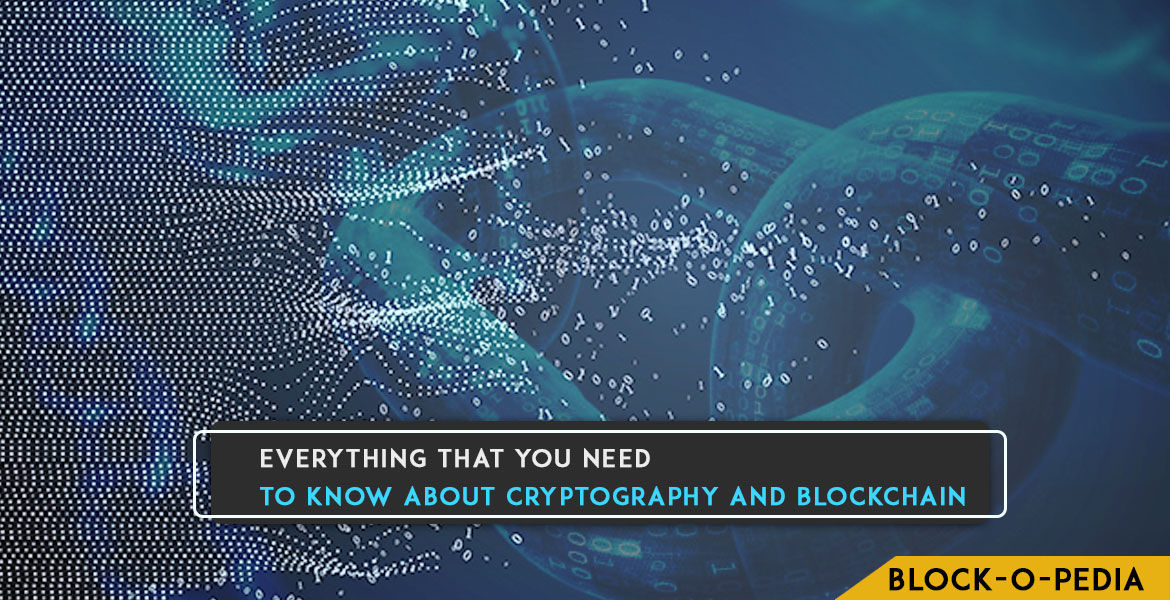It goes without saying that regardless of whoever Satoshi Nakamoto

It goes without saying that regardless of whoever Satoshi Nakamoto was or is, his brainchild- the Blockchain began a whole new era in the realms of computer science. Perhaps the most significant development using Blockchain technology has been the creation of cryptocurrencies. With the rise of cryptocurrency, more and more researchers are trying to figure out the elements that binds it.
This technology that was founded in the 1970s primarily uses encryption for a secure communication between key holders, and functions as an open distributed ledger. This was furthered when in the 1980s Blockchain technology was updated with the Elliptic curve cryptography that allowed users to sign documents digitally.
The Imperishable Crypto
The math that runs the elliptic curve cryptography is relatively a tough nut to crack with regards to the advanced level, meaning that anyone trying to decode it would have to perfume some pretty intense reverse engineering. As per Prof. McGuire of the UCD School of Mathematics, there is no absolute proof of the security that cryptography can deliver, however observation and live attempts denote that experts two have tried to crack the code have not been successful in doing so. He further adds, “My research group studies the mathematics underlying this type of cryptography, including ways of potentially cracking it,” he says. “When it comes to breaking elliptic curve cryptography, lots of people have tried lots of clever ideas, but nothing has worked.”
Despite all this, McGuire is of the belief that elliptic curve cryptography would not remain secure if quantum computing eventually became a realisation. It is so because this would imply the future usage of a separate digital signature schemes.
The Future of Q-Tech
Against the belief of many experts, Prof Máire O’Neill of the Queen’s University Belfast is performing a research underway that is looking to develop a quantum-resistant cryptography. O’Neill feels that the advent of quantum computers has already begun and she agrees with several experts when they predict the availability of these quantum computers in the next 10 years. “Since quantum computing offers dramatic speed-up over classical computing, when it becomes a reality, commonly used public-key security algorithms that are used to provide security in all of today’s communications systems – like the internet and e-commerce – will be broken.”
O’Neill and her colleagues have so far been successful in developing an open-source library of quantum-safe algorithms. This has helped them in illustrating the utility of this research in satellite communications. Additionally, she holds that quantum-safe solutions are as efficient as the solutions that exist today.

